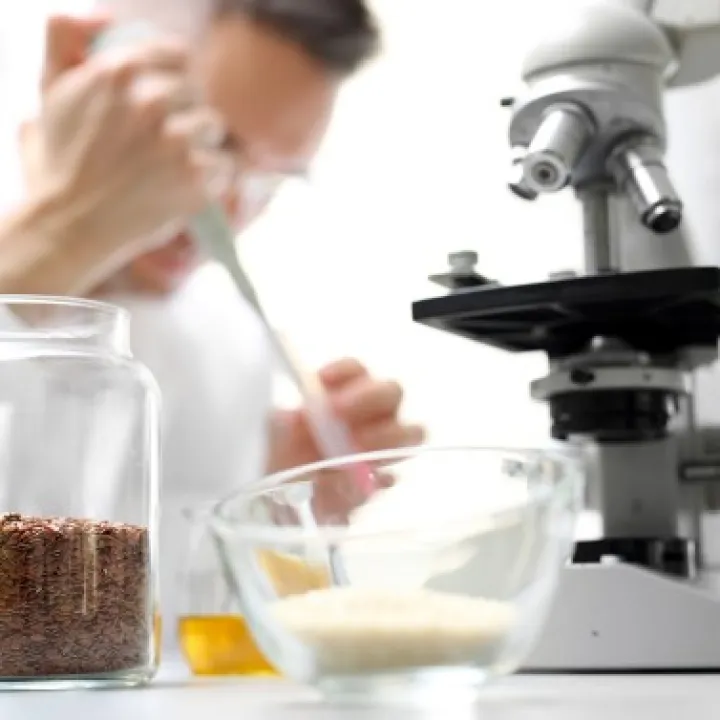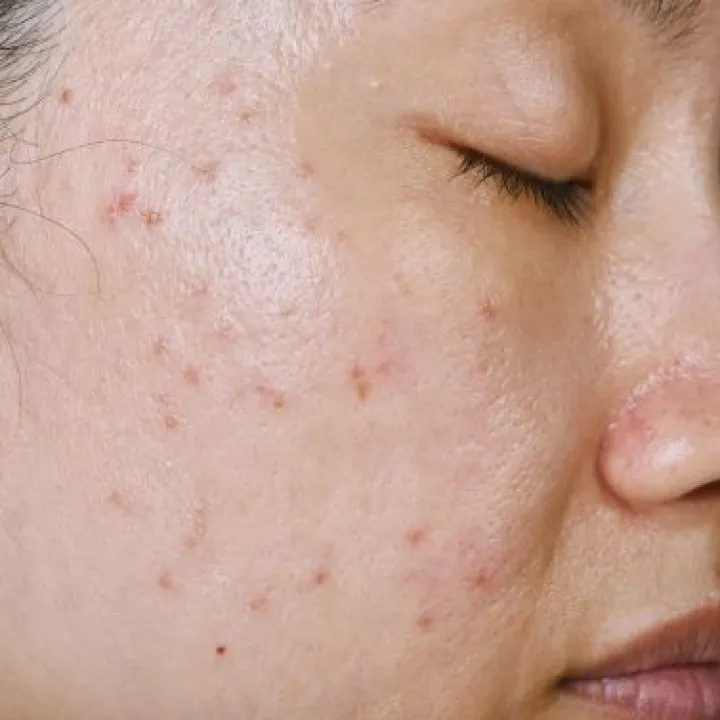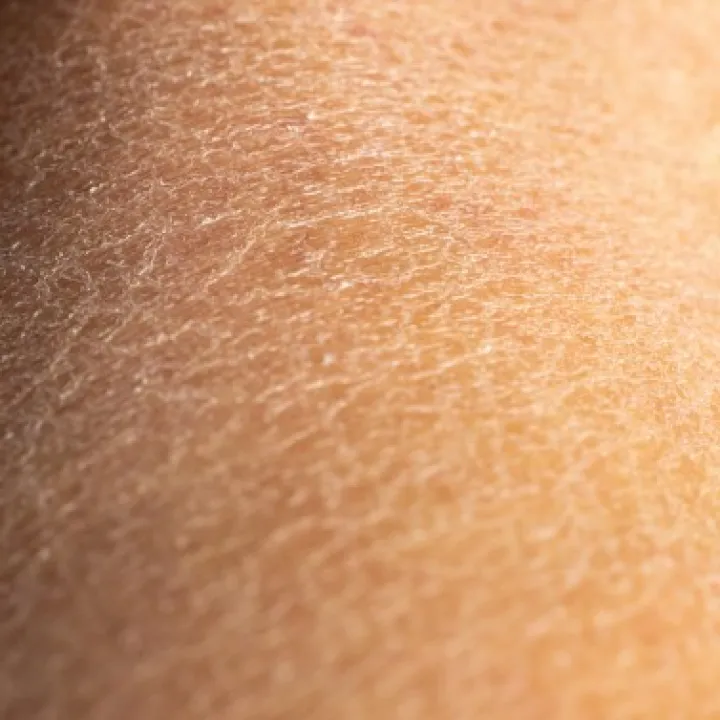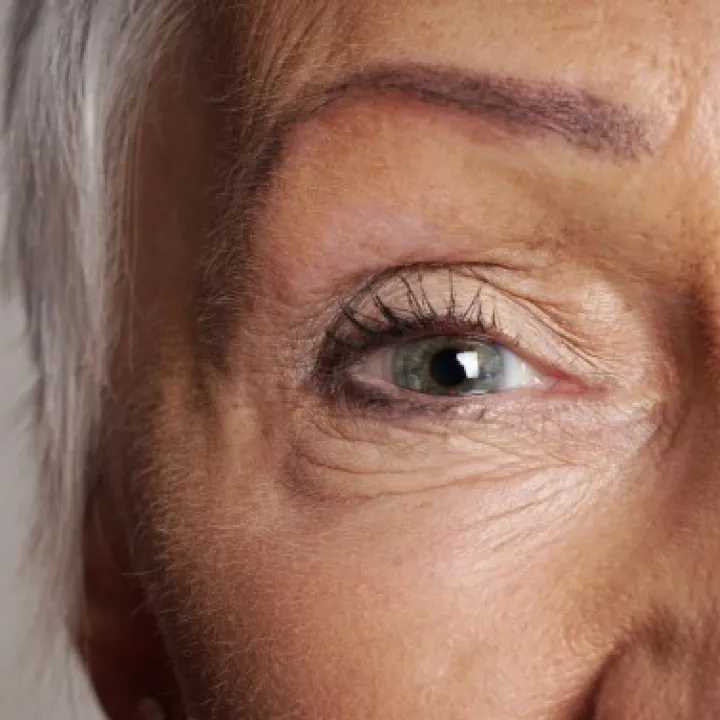What are natural cosmetic active ingredients?
Natural cosmetic active ingredients are active substances of natural origin extracted from plants, fruits or micro-algae.
When incorporated into skin care and beauty product formulations, these active ingredients can improve the appearance and condition of our skin, hair, nails or in some cases, even our minds.

Natural actives for optimal efficiency
Opting for natural active ingredients does not mean compromising on effectiveness. Quite the opposite!
Natural actives are tested and approved by rigorous scientific studies, on cells, skin explants, and also in real-life conditions, on volunteers during clinical studies.
By choosing natural and environmentally friendly ingredients, you can engage in an eco-responsible approach that takes care of both you and our planet, without compromising on performance.
Cosmetic active ingredient properties depending on the different skin types.
There are different skin types, each requiring different actives depending on their associated needs.
Here is a classification of active ingredient properties to favor when formulating for a specific skin type:
Oily skin
Oily skin is characterized by overactive sebaceous glands which produce excess sebum, leading to that unwanted shine. This skin type often comes with enlarged pores, breakouts, and a thicker texture, making it tricky to manage. Here are a list of active ingredient efficacy to integrate in your formulations for oily skin:
- Anti-seborrheic : regulates and reduces excessive sebum production, helping to prevent issues related to oily skin such as acne and seborrheic dermatitis.
- Anti-inflammatory : reduces or prevents inflammation, helping to diminish redness, rashes, and pain associated with inflammatory reactions.
- Microbiome regulator : help balances and maintains the diversity of beneficial microorganisms present on the skin, promoting healthier skin.

Dry & dehydrated skin
Dry skin, caused by insufficient sebum production, leads to tightness, flakiness, and a lackluster appearance. This results in an altered skin barrier, with inadequate moisture retention in the skin, making it prone to sensitivity, dehydration, and fine lines. Here are a few active ingredient efficacies with targeted solutions for dry and dehydrated skin:

- Soothing : calms irritation, tightness, or itching sensations associated with dry and dehydrated skin, promoting a more comfortable skin.
- Moisturizing : increases and maintains the skin's hydration level by attracting and retaining water in the skin layers, helping to improve softness, elasticity, and the overall appearance of the skin.
- Protective : strengthens the skin barrier to defend against external aggressions, such as pollutants, UV rays, and irritants that can aggravate skin dryness.
Sensitive skin
Found in any skin type, sensitive skin reacts easily, often leading to redness, irritation, or inflammation. It’s highly sensitive to heat, surfactants, certain chemicals or even skincare products, causing symptoms like itching, burning, dryness, and rash-like bumps. Formulating with active ingredients that have the following efficacies will ensure great care for sensitive skin:
-
Soothing : plays a crucial role in managing and comforting sensitive skin, providing relief from symptoms and enhancing the skin's ability to protect and heal itself.
-
Anti-redness : aims to calm local inflammatory reactions, minimize visible signs of redness, and improve the overall appearance of the skin by promoting a more even complexion.
- Repairing : promotes skin regeneration by strengthening the skin barrier, speeding up the reparation of wounds, and reducing irritations, or inflammations.

Mature skin
Mature skin is every bit as beautiful as younger skin, but as it changes over time, so does its needs. Characterized by a loss of elasticity, leading to sagging, fine lines and wrinkles. The skin becomes thinner, drier, more prone to age spots and a decrease in natural oil production. Here are a few examples of active ingredient efficacies dedicated to mature skin issues:

- Anti-wrinkle : reduces the appearance of wrinkles and fine lines by stimulating key skin elements, promoting hydration, and smoothing the skin surface for a more even complexion.
- Firming : improves skin firmness and tone by stimulating collagen and elastin production, this reducing skin sagging for smoother, tighter skin.
- Anti-radical : neutralizes free radicals, unstable molecules responsible for premature aging and cellular damage, protecting the skin against environmental aggressions and signs of skin aging.
- Anti-pigmentation : reduces the appearance of pigmentation spots and skin tone irregularities by inhibiting melanin production, brightening affected areas, and evening out the skin tone.
Table of Natural Cosmetic Actives
Discover Expanscience’s range of natural active ingredients based on their properties
|
Click on the name of the |
 |
||||||||||||||||||||
| - | - | - | - | - | - | - | - | - | - | - | - | - | - | - | - | ||||||
| - | - | - | - | - | - | - | - | - | - | - | - | - | - | - | |||||||
| - | - | - | - | - | - | - | - | - | - | - | - | - | - | - | - | - | |||||
| - | - | - | - | - | - | - | - | - | - | - | - | - | - | ||||||||
| - | - | - | - | - | - | - | - | - | - | - | - | - | - | - | |||||||
| - | - | - | - | - | - | - | - | - | - | - | - | - | - | - | - | - | - | ||||
| - | - | - | - | - | - | - | - | - | - | - | - | - | - | - | - | - | |||||
| - | - | - | - | - | - | - | - | - | - | - | - | - | - | - | - | - | - | ||||
| - | - | - | - | - | - | - | - | - | - | - | - | - | - | - | - | ||||||
| - | - | - | - | - | - | - | - | - | - | - | - | - | - | - | - | ||||||
| - | - | - | - | - | - | - | - | - | - | - | - | - | - | - | - | - | - | - | |||
| - | - | - | - | - | - | - | - | - | - | - | - | - | - | ||||||||
| - | - | - | - | - | - | - | - | - | - | - | - | - | - | - | - | - | - | - | |||
| - | - | - | - | - | - | - | - | - | - | - | - | - | - | - | - | - | |||||
| - | - | - | - | - | - | - | - | - | - | - | - | - | - | - | - | ||||||
| - | - | - | - | - | - | - | - | - | - | - | - | - | - | - | - | - | - | ||||
| - | - | - | - | - | - | - | - | - | - | - | - | - | - | - | - | - | |||||
| - | - | - | - | - | - | - | - | - | - | - | - | - | - | - | - | - | - | ||||
| - | - | - | - | - | - | - | - | - | - | - | - | - | - | - | - | ||||||
| - | - | - | - | - | - | - | - | - | - | - | - | - | - | - | - | - | - | ||||
| - | - | - | - | - | - | - | - | - | - | - | - | - | - | - | - | - | - | ||||
Natural vs synthetic cosmetic actives
There are three main categories of cosmetic active ingredients: 100% natural actives extracted from plants or microalgae, biotechnology-derived actives (fermentation, bio-fermentation), and synthetic actives (derived from petrochemistry or laboratory synthesis).
- Natural active ingredients are derived from plants and undergo minimal processing. They are often lightly processed using green chemistry, without chemical solvents, such as cold pressing, distillation, drying, grinding, maceration, etc. Through sustainable and responsible sourcing channels, natural active ingredients respect the environment and our ecosystems. By drawing inspiration from nature, we can extract effective and innovative active ingredients to respond to the cosmetics’ market growing demand for naturality.
- Synthetic active ingredients, on the other hand, are manufactured in laboratories from petrochemical derivatives or chemical synthesis processes. Production methods include controlled chemical reactions and purification processes, allowing for the creation of specific active molecules. Although these actives can offer targeted and optimized performance, their production can raise environmental and ethical concerns related to the use of chemicals and the impact of manufacturing processes on the planet.
- Biotechnology-derived actives are also natural but are obtained in a laboratory. Living organisms (plant cells, microalgae, bacteria, etc.) and various technological processes (fermentation, cell culture, etc.) are used to produce "clean" active molecules.
What are the active molecules present in plant extracts?
Plant extracts are natural treasures rich in active molecules, which play a crucial role in the formulation of today’s innovative cosmetic products. These active compounds, extracted from various parts of plants such as leaves, roots, flowers, and seeds, offer a wide range of benefits for the skin. Here are just a few examples:

- Flavonoids: Present in many plants, flavonoids are powerful antioxidants that help protect the skin against free radical damage and reduce signs of aging.
- Peptides: Smaller than proteins, peptides penetrate the skin more easily and act directly at deeper levels. Well-known in anti-aging care, they stimulate collagen production, reduce wrinkles, improve skin firmness, and promote skin repair and hydration.
- Polysaccharides: These compounds have moisturizing and repairing properties for the skin.
- Essential fatty acids: Found in vegetable oils, they help nourish, hydrate, and strengthen the skin barrier.
- Polyphenols: Powerful antioxidants that help protect the skin against environmental damage and improve skin elasticity.
- Phytosterols (including unsaponifiables): Phytosterols have anti-inflammatory and repairing properties that soothe and protect the skin. They provide specific skin benefits, ranging from hydration and protection, to repair and soothing.
- Carotenoids: Such as beta-carotene, found in lupine oil, they have antioxidant properties and help protect the skin against damage from free radicals.
Each active molecule contributes uniquely to improving skin appearance and condition, making plant extracts a valuable source for natural cosmetic products.
At Expanscience, the majority of our active ingredients are blends of these molecules, as we take what nature has to offer. As a result, they are often multifunctional, possessing various properties and capable of addressing multiple skin issues simultaneously.


